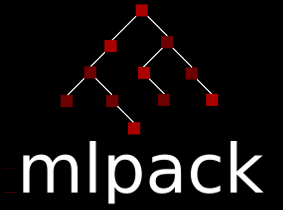|
mlpack
blog
|
Quantum Gaussian Mixture Models - Week 2
In the week 1, I made 3D probability space plottings. When I saw the plots, I could see the interference phenomena with phi.
This week, I did work on integral of probability of QGMM. Although the paper presents probability equation, I should check if the integral of the probability of QGMM becomes one. At first, instead of the integral, I calculated the sum of the probability of the QGMM for approximation. However, this project is a research, I should experiments the equations more accurately. So, thanks to my mentor, Sumedh, I looked into the Gaussian Integral
- Note
- Gaussian Integral: https://en.wikipedia.org/wiki/Gaussian_integral
At the above link, the equation of Gaussian Integral is for single variate GMM, so I should derivate the equation for multivariate GMM. The derivation of Gaussian Integral for multivariate GMM was succeeded, but I couldn't get the QGMM version.
This time, I tried to use the integration function of SciPy.
- Note
- SciPy's integration function: https://docs.scipy.org/doc/scipy/reference/tutorial/integrate.html
Finally, after several attemps, I could get proper results.
I tested the results using the two quantum Gaussian distributions, G1 and G2.
- G1 = [ mean: -5, covariance: 5, weight: 0.7 ]
- G2 = [ mean: 5, covariance: 5, weight: 0.3 ]
From the mixture of the two distributions, I got the results about the integral of the probabilities.
| From | To | Probs |
|---|---|---|
| -1 | 1 | 0.04544 |
| -5 | 5 | 0.4988 |
| -10 | 10 | 0.974 |
| -20 | 20 | 0.99 |
| -INF | INF | 1 |
- Note
- Source codes: https://github.com/KimSangYeon-DGU/GSoC-2019/blob/master/Research/Code/qgmm_2d_integral.py
Next week, I'll check and visualize the 2D probability space plot, and code the EMFit for QGMM in a Python version to see if the equation is valid.
Thanks for reading :)
Generated by
 1.8.13
1.8.13
